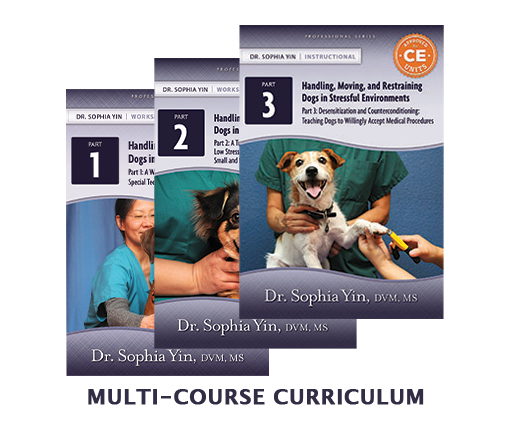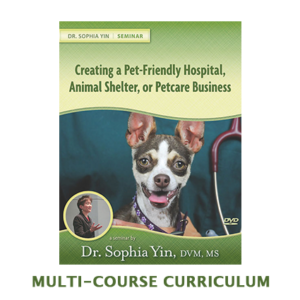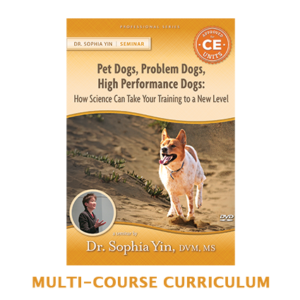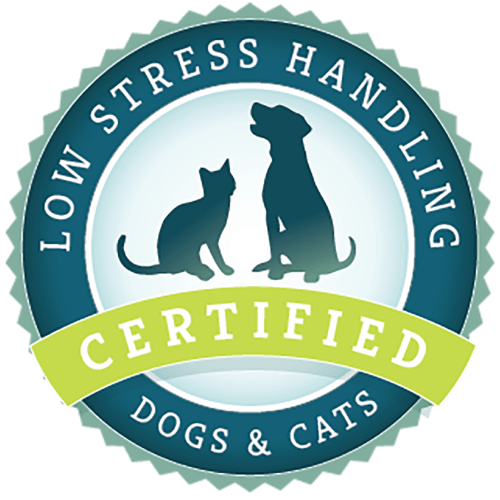Description
Learning Objectives:
• Recognize how every interaction with a dog affects their perception of you. Minimize their fear and frustration and gain their cooperation.
• Practice exercises to adjust your posture, speed, and direction of movement and know when to adjust your technique.
• Understand how to control the dog’s movement in all directions and which restraint to use for the individual animal or situation.
• Learn how to counter condition and desensitize dogs for nail trims, injections, muzzles, or head collars, and gain their consent using either food or non-food rewards.
• Discover how timing, treat placement, value and delivery and appropriate criteria can make improve your effectiveness and efficiency.
This multi-course curriculum includes:
Canine Lab 1: Essential Exercises for Moving Dogs from Place to Place
Canine Lab 2: Handling and Restraining Medium-sized and Large Dogs with Skill and Ease
Canine Lab 3: Handling and Restraining Small and Medium-sized Dogs with Skill and Ease






